D&D Clerics: Misunderstood and Improperly Played
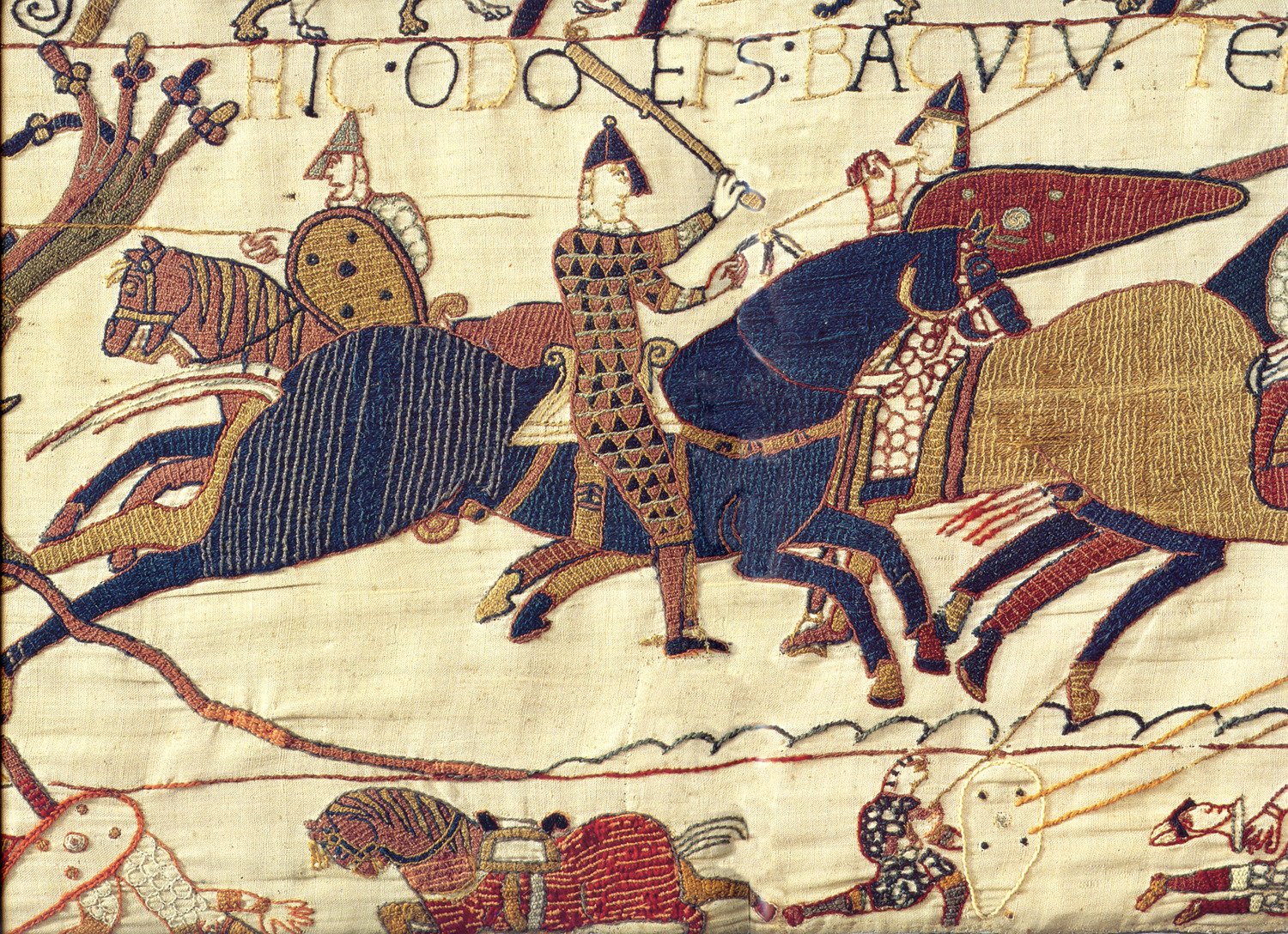
Hic Odo Eps Bacvlv Tenens Confortat Pveros – Here Odo the Bishop (Episcopus) holding a cudgel (baculum) strengthens (gives courage to) the boys
In the course of researching wilderness mapping and exploration in AD&D, I stumbled on the very interesting blog Nagora’s Corner, and the even more interesting post AD&D Clerics - Where Did It All Go Wrong?
This is a subject I looked at in some detail last year, starting with Clerics in Fantastic Literature, then following up with The Church in D&D, and The Known Planes of Existence [caused by a comment by the selfsame Nagora].
At the time, I hadn’t seen Nagora’s blog post, just his comment on my blog post. However, reading it now, I see Nagora’s blog post from 2012 as a pretty good summary of complaints about the Cleric class.
The AD&D cleric is by far my least favourite class in the game both in terms of roleplaying and the mechanics of the class. The main problem is the lack of a clear archetype, and that comes down to a fairly long list of muddled ideas that make up the foundation of the class:
- Firstly there's the name. "Cleric" is not "Hobbit" or some other made-up word. It's a real word which was fairly common to non-gamers (which we all once were) and it comes with a lot of baggage. In particular, it had a strong Christian undertone for most of the early players and it was of no particular note that OD&D's clerics bought a "cross" and not the later "holy symbol".
- Next, the actual origin story of the class is as a vampire hunter. Not even a general vampire hunter, but a class created with a specific (player-character) vampire in mind - Sir Fang of Blackmoor. This introduces the whole bit about the undead. This aspect is okay with me as one thing that can be said of most priestly types is that they have deities and deities have always had a strong association with the afterlife. As such, having the generic cleric take an interest in those things which refuse to "pass over" seems a decent fit to me.
- Then we have the AD&D PHB text that tells us that the cleric "bears a certain resemblance to religious orders of knighthood of medieval times."
- But, unlike knights - religious or otherwise - "All are likewise forbidden to use edged and/or pointed weapons which shed blood."
- And then we have the paladin class. If that's not a class which "bears a certain resemblance to religious orders of knighthood of medieval times" I don't know what is, which leaves the question of what the cleric's doing then.
- Meanwhile, in fantasy stories (particularly pulp) the evil high priest so often mentioned in early D&D materials was generally a wizard who happened to worship or summon demons and the like and very rarely did much in the way of weddings and bar-mitzvahs.
- Finally, there is the gamist origin of the class's mechanics. In the roots of the genre there's really only three common classes: the fighting man (or woman), the sorcerer, and the thief. In the early days we didn't have thieves in the game, before even OD&D there was the fantasy supplement to Chainmail and it had heroes and wizards. The cleric is clearly informed by a design decision that a third class could be squeezed in which was a bit of both. This has little to do with any sort of thematic or roleplaying goals.
What a mess of sometimes conflicting influences. Indeed, on top of that there was the biggest conflict of all in the early days: the total lack of God (capital G). The class was obviously Christian or at the absolute maximum stretch Abrahamic - I could just about squeeze Saladin or King David into the AD&D cleric, I think - yet there was not a mention of the obvious deity they served.
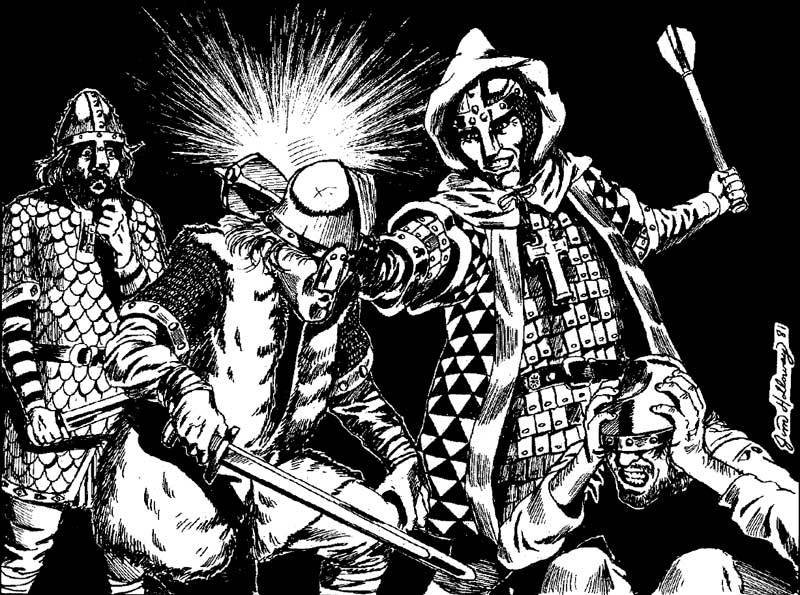
A Cleric applies his attitude adjusters
To which I think the best counterpoint is this by Rick Stump: Misunderstood and Improperly Played - the Cleric
Having run and played in 3-4 campaigns in high school where the cleric was a cornerstone of the party, then played in Lew Pulsipher's campaign where the cleric is considered perhaps the most critical member of a party, and then encountered more campaigns since that likewise count of the cleric I was surprised to find so much internet hate for the cleric. A quick search on the interwebs shows me over 300,000 results for "OSR hate the cleric" and the complaints boil down to about four big ones that seem to have similar solutions;
1) They can't use swords/specialize/fight as well as a fighter.
Solution - make them fighters
2) They can't cast Fireball/Lightning Bolt/Magic Missile.
Solution - make them magic-users
3) All they do is heal people.
Solution - get rid of them and give their spells to magic-users
4) I don't like religion in general/Christianity in particular/making gods is hard.
Solution - get rid of them and give their spells to magic-users.
And a fifth problem that is less common but far from zero;
5) There's Conan for fighters, the Grey Mouser for thieves, Ningauble for wizards, even Holger Danske for paladins, but no archetype for clerics.
Solution - get rid of clerics and give their spells to wizards.
Part of the real problem here is a misunderstanding of the role of the cleric. To repeat something I said earlier, the roles of the Big Four are - fighter is physical offense, magic-user is magical offense, thief is scouting and intelligence, and the cleric is physical and magical defense.
Or, to put it another way, the role of the cleric is to free up every other class to focus on their own unique role during adventures. Let's think about this;
1) Ties with the fighter on having the best A.C. potential
2) Second best in melee combat
3) Second best hit points.
4) Limited or nil ranged combat ability
5) Melee combat limited to 'second-tier' weapons
6) Spells focus on healing, reversing negative effects, decision making, improving the entire group, weakening the enemy, and supplies
7) Turn Undead, an almost unique ability, is focused on avoiding both hordes of scum (skeletons) and surviving top threats (liches, demons) by avoidance

I will say that Nagora’s complaint that the Appendix N/pulp fantasy roots of the cleric class are more obscure than the other classes is at least somewhat justified, although I do not at all agree that Abraham Van Helsing is a bridge too far. Arneson and Gygax both used Bram Stoker’s Dracula as inspiration, and who knows why Gary didn’t list that book in Appendix N, but he certainly mentioned it in this 2001 letter that is mostly talking about Jack Vance.

Gary’s paean to Jack Vance has a few items that didn’t make Appendix N
However, I think part of the answer to Nagora is that the roots of the cleric class are far older than 20th century pulp fiction, as Daniel J. Davis argued in DOWN INTO THAT UNNATURAL DARK: THE ARCHETYPE OF THE CLERIC IN D&D. Rick Stump went there as well, citing Bishop Odo and Friar Tuck and the Matter of France. And you shouldn’t find this surprising, because this is exactly in line with what the 1st edition Players Handbook said: the cleric "bears a certain resemblance to religious orders of knighthood of medieval times."
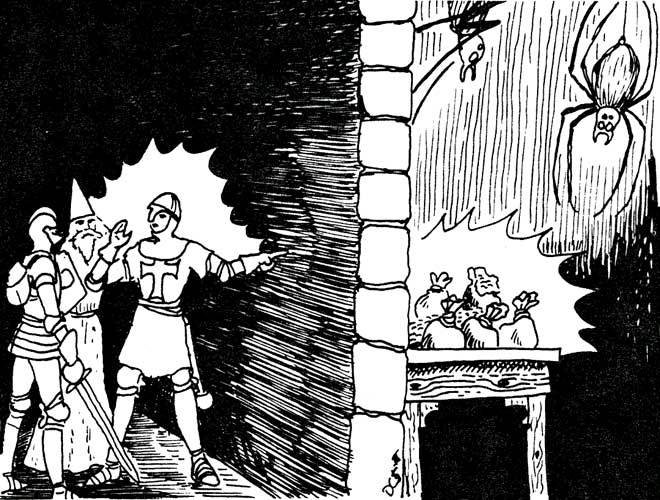
The Cleric can help you find it
The answer was always there, if you had eyes to see. So rather than trying to fix what is not broken, embrace the Cleric class for what it is.
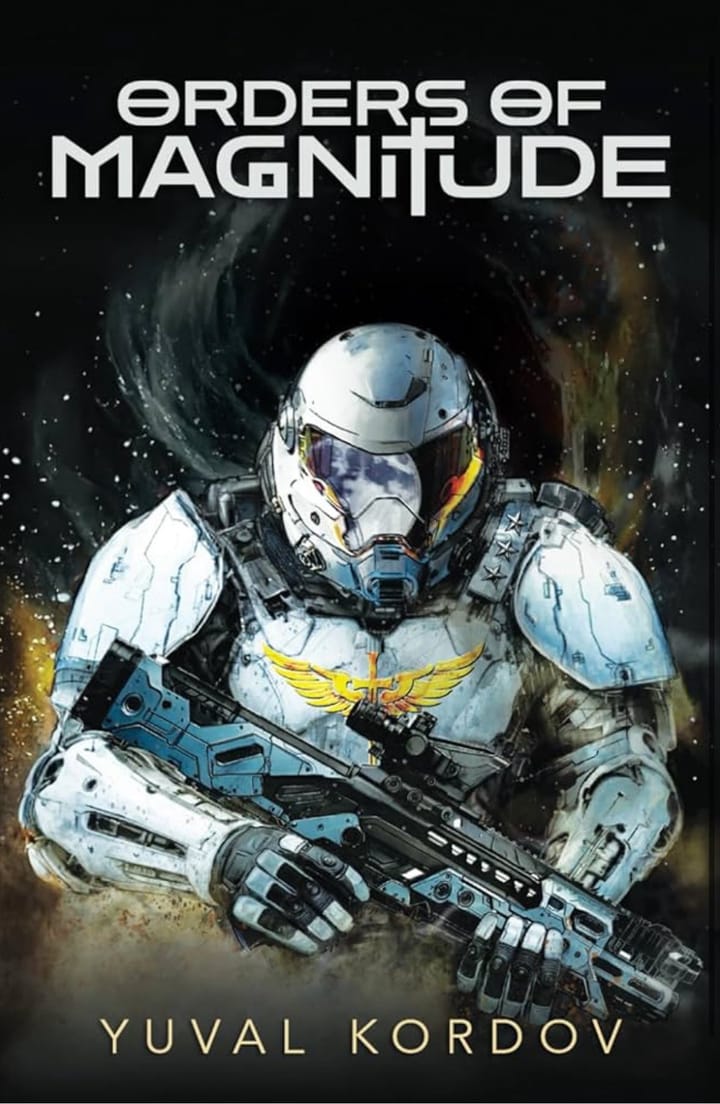
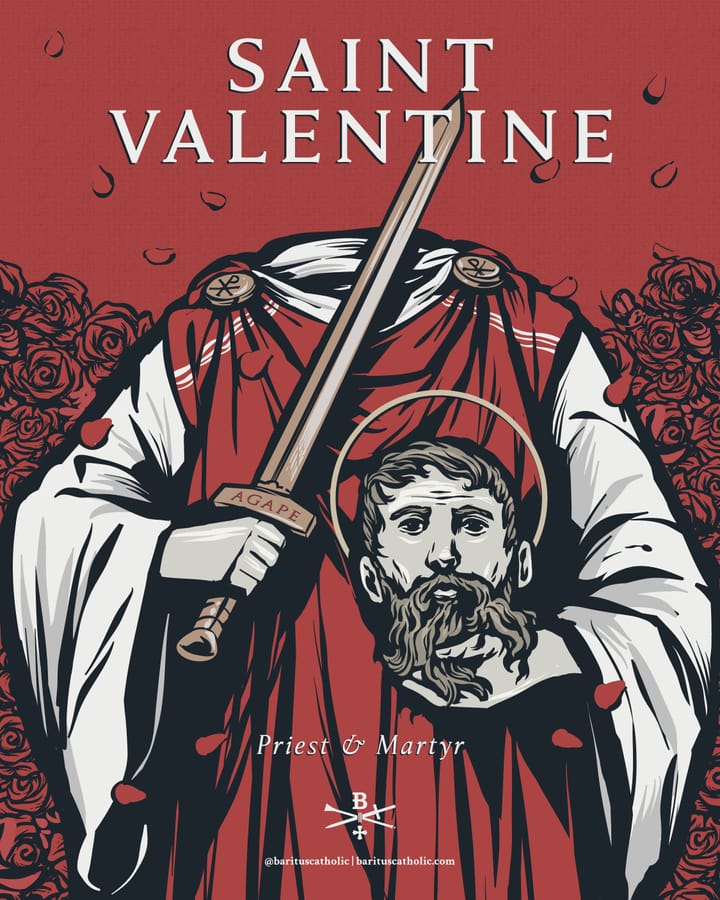

Comments ()